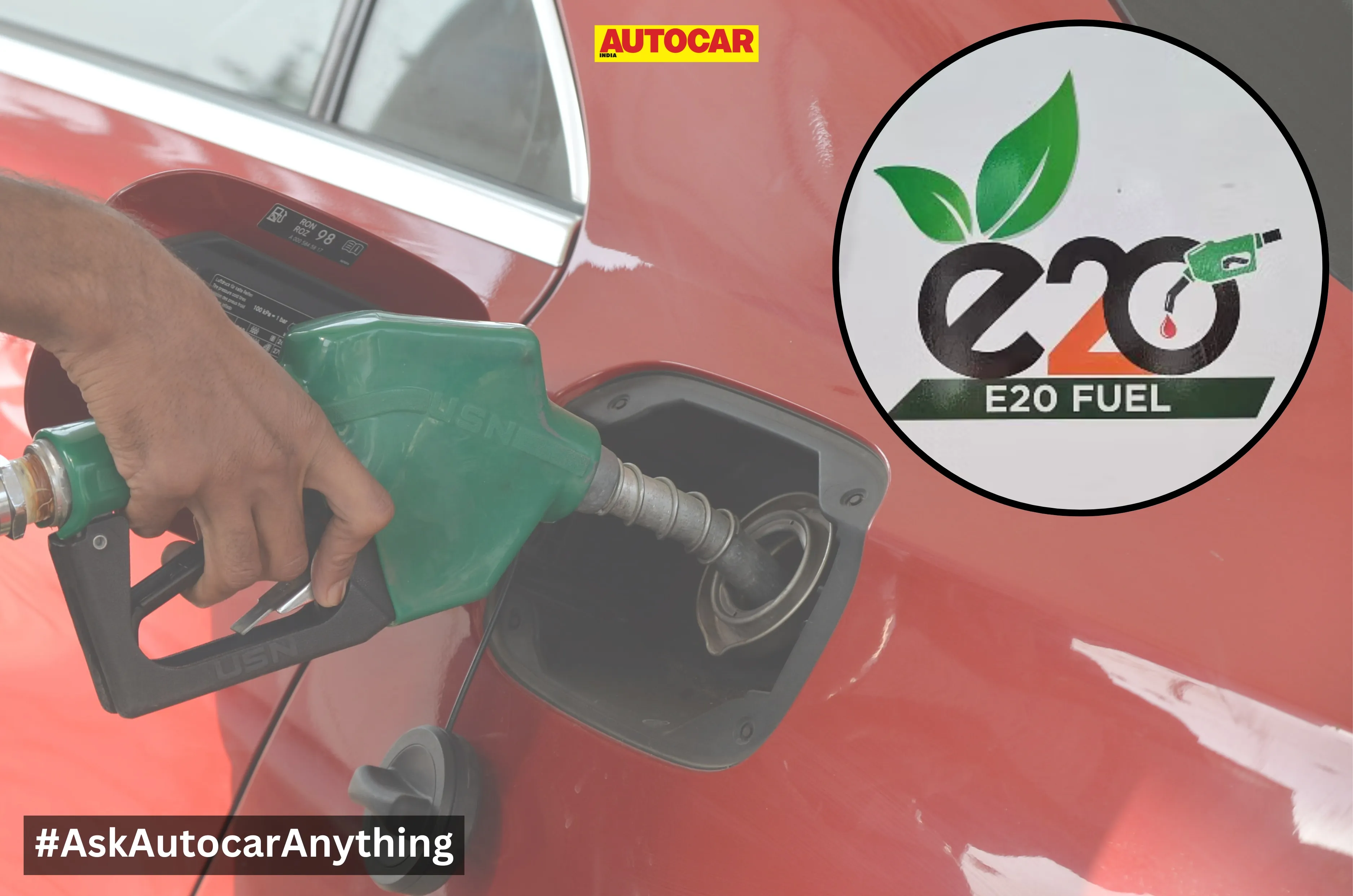
India’s push for E20 petrol is part of the country’s plan to cut crude oil imports and reduce tailpipe carbon dioxide (CO2) emissions. The rollout has been faster than expected, with E20 fuel already available pan-India and well ahead of the original 2030 target. But the speed of E20 adoption and the lack of choice of lower ethanol blends like E10 – widely used until now – have triggered an uproar. Motorists are fearful of the harmful effects of E20 to engines that are not compliant with this fuel. We take a look at what exactly ethanol-blended petrol is, why vehicle owners are worried, and more E20 petrol rollout news.
What exactly is E20 petrol?
E20 or Ethanol 20 is petrol blended with 20 percent ethanol, a biofuel typically made from sugarcane, corn, or surplus grain. India moved from E5 (2003) to E10 (by 2022), and has rapidly moved to E20 five years ahead of the original 2030 schedule.
Why is India in a rush to shift to E20 fuel?
Ethanol blending is a critical step towards reducing a gigantic oil import bill, which is upwards of USD 130 billion (Rs 1.1 lakh crore) every year! In addition, there’s the dependency on other countries and geopolitical uncertainties, which make our energy security vulnerable. The current tariff spat with the US over importing Russian crude oil is a recent example. Besides making us less vulnerable to such geopolitical shocks, ethanol is good for the environment as its inherent chemical properties allow it to burn cleaner than petrol and lower emissions overall.
Ethanol is also considered low-carbon because plants use the CO2 released into the atmosphere when burning ethanol to grow. This is a crucial distinction from fossil fuels like petrol, which release carbon that has been trapped underground for millions of years. Besides, the ethanol also supports the rural economy and agriculture, which is great for lakhs of farmers.
That’s great, but then why are car owners up in arms about E20?
Because owners have been blindsided by the nationwide roll out of E20 fuel and the sudden shortage of supply of E10 fuel. They fear E20 can hurt their pockets for multiple reasons, especially if they have older cars.
Most cars made before April 2023 are not designed to run on E20, which can throw up a whole host of issues, thus leading to the many doubts and queries in customer minds. Unfortunately, these doubts have not been addressed in a systematic manner so far.
With inputs from Sergius Barretto
Also see:
Analysis: Why India is pursuing ethanol as an automotive fuel

